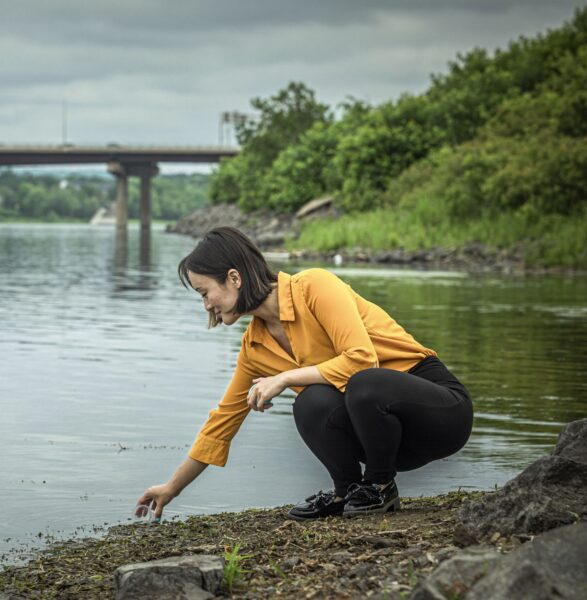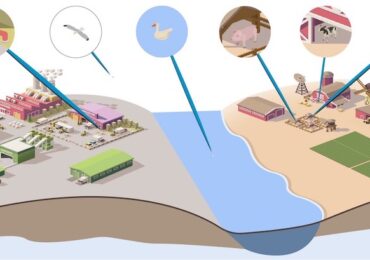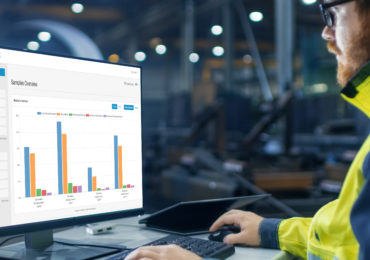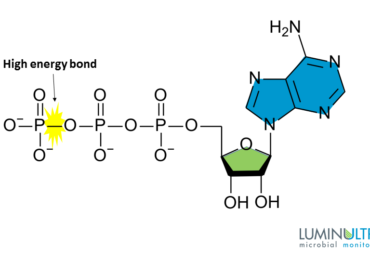What is microbial source tracking?
Microbial source tracking is a suite of DNA-based techniques used to determine the sources of fecal bacteria in an aquatic environment, such as a lake, river or stream.
Knowing the source of fecal contamination — livestock, domestic animals, wildlife or humans — allows resource managers to make more informed water quality management decisions.
Why is fecal contamination dangerous?
Fecal contamination in water puts people and animals at immediate risk of illness from disease-causing organisms. There are also economic impacts: beach closures; damage to shellfish harvesting and aquaculture; and the contamination of crops and other agricultural products.
Traditional techniques for examining contaminated water measure the amount of fecal indicator bacteria (FIB) in a sample. This can tell us whether there’s fecal matter in a watershed, but doesn’t identify the source.
Microbial source tracking (MST) gives water resource managers a powerful tool to understand the source of contamination and mitigate its effects — or stop it all together.
Why do we need to identify the source of bacteria?
Suppose a popular swimming beach is found to be contaminated with fecal bacteria. The beach is near a river that drains into the ocean, and this river is fed by multiple streams.
We know there’s fecal contamination in the water, but from where?
An off-leash dog park that’s up the river? Migratory flocks of Canada geese resting on the beach? A leaky sewer that’s leaching into a brook? Or is it a combination of all three?
With microbial source tracking and quantitative real-time PCR (qPCR) technology, we can pinpoint the bacteria’s source.
MST analyzes the genetic material present in fecal bacteria to determine the specific microorganisms present, and then compares that to a database of known microorganisms from a wide range of sources.
How can MST distinguish fecal contamination between animal species?
Animals’ unique diets and behaviors create different microbial communities in their digestive tracts. These microorganisms can be used as indicators of the source of the contamination. For example, certain bacteria or viruses that are found in the feces of cows may not be found in the feces of pigs, and vice versa.
DNA extracted from a single water sample can be used to identify the presence of multiple MST markers, giving an exact proportion of bacteria from each potential contaminant.
LuminUltra’s microbial source tracking technology can distinguish between:
- Bird (GFD)
- Elk / Deer (EF990R)
- Goose (CGOF1, CGOF2)
- Gull (Gull4)
- Ruminant (Rum2Bac, BacR)
- Chicken (CP2-9-EPA)
- Cow (M2-EPA1, M3-EPA2)
- Dog (DG3-EPA, BacCan-UCD, DF475F)
- Horse (HoF597F)
- Pig (Pig2Bac, Pig2Bac ddPCR)
- Poultry (CL)
- Sewage (BacV4V5-1, BacV6-21)
- Human (HF183, HF183 ddPCR, HF183/BacR287, HumM2-EPA, HumM2-EPA ddPCR, BtH. BsteriF)
Identifying the genetic marker specific to a certain animal species allows water managers to take targeted, efficient and cost-effective action to prevent future contamination.
How can MST address and prevent future contamination?
Topanga Lagoon and State Beach
Researchers in California sought to identify the origins of fecal pollution at Topanga Lagoon and State Beach, which had been ranked, for multiple years, as one of the dirtiest beaches in the state based on fecal bacteria. Samples were collected at 10 sites over a 21-month period leading up to June 2013 for analysis with MST.
The study found a high frequency of gull and dog-associated markers, with the highest levels occurring in winter. Why? One reason is that large shorebird populations flock to Southern California beaches in winter months. It’s also a time when dog owners, unfettered by summertime lifeguards, let their pets run off-leash on beaches. Researchers recommended better enforcement of dogs on the beach to help improve water quality.
San Juan Wastershed Group
In another study, LuminUltra analyzed water samples collected from two rivers in New Mexico for the San Juan Watershed Group. Water samples were tested for human, cow, ruminant (deer, elk, cows, sheep), and bird source markers. Results indicated that human and ruminant fecal contamination affected all sites tested and indicated at what sites human contamination was a larger issue.
San Juan Watershed Group worked with New Mexico Department of Environment to certify all septage disposal contractors active in the watershed. Actions were also taken to decommission a wastewater treatment plan with persistent permit compliance issues. Follow up efforts to evaluate water quality improvements included the analysis of additional samples for human source markers.
Learn how you can use microbial source tracking
Our on-demand webinar, Protecting Your Waterways: Leverage Microbial Source Tracking to Manage Fecal Contamination, is your introduction to MST and explains the hypothesis-driven approach to source tracking.
Learn how to:
- Develop and test a hypothesis for the source of bacteria
- Choose sampling locations
- Decide on markers for testing
- Take advantage of innovations in bacteria source tracking technology including digital PCR (dPCR) and direct pathogen detection










